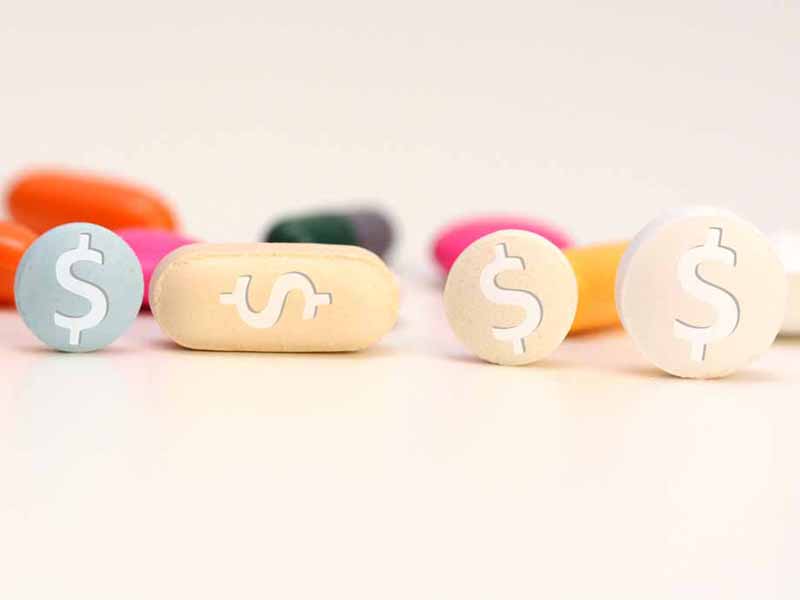Paying More for Less
Study: U.S. Patients Pay Higher Rx Costs, Get Fewer Days of Therapy
September 14, 2018 04:09 pm News Staff – Americans prescribed common medications by their primary care physicians spend twice as much at the pharmacy as patients do in 10 other wealthy countries -- combined. Yet U.S. patients get fewer days of treatment from these drugs than do patients in those 10 nations.
So says a study(www.clinicalkey.com) published this month in Health Policy.
"We estimated that the U.S. spent 203 percent more per capita on primary care pharmaceuticals," authors wrote in the study, titled "An analysis of expenditures on primary care prescription drugs in the United States versus ten comparable countries."
"Despite the difference in spending levels, on average, Americans actually purchased 12 percent fewer days of related therapies than residents of the comparator countries," they wrote, identifying the primary drivers of higher cost in the United States as higher transaction prices and the use of a more expensive mix of medicines.
This won't surprise family physicians, who too often find that their best treatment options for patients involve expensive prescriptions -- and who are first to hear when patients cannot afford such medications. To advocate for all family medicine patients, the Academy last year joined the Campaign for Sustainable Rx Pricing, a nonpartisan coalition working to strike a balance between innovation and affordability in the pharmaceutical industry.
Study authors measured differences in 2015 per capita spending on primary care medications in the United States (population 321 million at the time) compared to the 10 other countries: Australia, Canada, France, Germany, the Netherlands, New Zealand, Norway, Sweden, Switzerland and the United Kingdom (combined population 318 million).
They focused on drugs prescribed in the United States for hypertension, pain, hyperlipidemia, diabetes, gastrointestinal issues and depression -- medications that are widely used and predominantly purchased at community pharmacies.
They found that per capita expenditures in these six medicine categories amounted to $217.1 in the United States, compared to $71.6 among the combined other countries. The data accounted for currency-exchange rates, generic versions of key medications and the prevalence of prescription drug rebate programs(altarum.org) in the United States.
"In total, expenditures per capita were 203 percent higher in the U.S. than the comparators," the authors wrote. "The U.S. spent more per capita on each of the six therapeutic categories, with the greatest differences observed for non-insulin diabetes treatments (436 percent difference), lipid-lowering medicines (290 percent) and gastrointestinal preparations (223 percent)."
The study did not account for differences in morbidity. The authors noted that Americans might need more expensive types of medicine if morbidity is higher in the United States, which could explain the more expensive mix of treatments they found here.
Direct-to-consumer advertisements of pharmaceuticals -- which, the study points out, is legal only in the United States and New Zealand -- "is another potential driver of the more costly mix of therapies" here.
In addition, all of the non-U.S. countries reviewed "either have a single-payer system for pharmaceuticals or use national processes for drug pricing and reimbursement decision-making, which can mimic single-payer purchasing power within the context of multi-payer social health insurance markets," authors wrote.
"If utilization patterns and pharmaceutical prices in the U.S. were similar to those in the 10 comparator countries combined, total (U.S.) spending on primary care pharmaceuticals would fall by 30 percent or more," they concluded.
